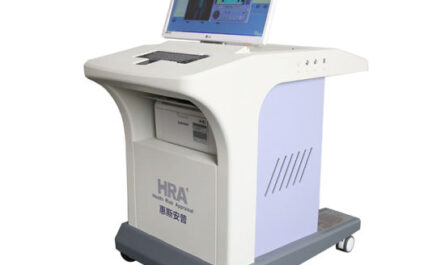
Shigella is a genus of bacteria that can cause shigellosis, commonly known as bacillary dysentery. There are four species of Shigella – S. dysenteriae, S. flexneri, S. boydii, and S. sonnei. All species are capable of causing disease in humans. Shigellosis spreads through the fecal-oral route, including contaminated food and water. Symptoms include diarrhea (potentially bloody), fever, abdominal cramps, and tenesmus. Shigellosis poses a significant burden, especially in developing countries where availability of clean water and sanitation is limited. An estimated 200 million cases and 600,000 deaths occur globally each year, with about half of deaths occurring in children under 5 years of age. Factors like poor hygiene and overcrowding help the bacteria spread rapidly. There is an urgent need for effective prevention strategies like vaccination programs.
Developmental Progress of Shigella Vaccines
Despite the disease burden, there is no widely available vaccine for shigellosis. Oral vaccines can induce protective immunity at the site of infection. Past efforts focused on developing live-attenuated oral vaccines. In 1971, the first vaccine strain, a genetically modified S. flexneri 2a, was tested with success. However, safety concerns arose regarding the possibility of virulence reversion in immune-compromised individuals. Research shifted towards subunit and conjugate vaccines composed of specific antigens of the bacteria. The outer membrane protein invasion plasmid antigen IpaB and lipopolysaccharide O-antigen were identified as promising components. Multiple vaccine candidates containing different combinations of these antigens have progressed through phase 1 and 2 clinical trials in past decades. Most showed acceptable safety profiles and induced immune responses but provided variable protection rates depending on the serotype.
Emerging Vaccine Candidates
More recently, advancement in molecular biology techniques have allowed development of rationally attenuated strains with defined mutations disabling key virulence factors. For example, deletion of invA, which encodes a critical invasin protein, renders the bacteria incapable of cell invasion yet retains immunogenicity. Furthermore, incorporation of defined mutations blocking penetration into host cells reduces safety risks. Such next-generation live-attenuated vaccines have shown great promise. Of particular interest is the CVD 1208 strain which was designed through deletion of set1, pagP and sen genes from S. flexneri 2a. In phase 1 and 2 trials, CVD 1208 was found to be safe, well-tolerated and elicited antibodies in adults and children. Importantly, it conferred protective immunity against endemic serotypes. With nearly 90% efficacy, CVD 1208 represents a promising vaccine candidate currently undergoing phase 3 efficacy tests. Additionally, multivalent conjugate vaccines are also in development to provide broader coverage against the four Shigella serotypes.
Regulatory Approval and Deployment Challenges
Though Shigella vaccines continue advancing, regulatory approval and global deployment face numerous challenges. Demonstrating consistent efficacy across geographic regions with differing prevalent serotypes and age groups requires extensive phase 3 studies. The invasive nature and variable symptoms of shigellosis pose difficulty in accurate diagnosis, limiting reliable efficacy determination in field trials. Manufacturing live-attenuated vaccines uniformly on a large scale takes considerable resources and quality control. Ensuring cold-chain integrity during transportation to remote areas remains a hurdle. Achieving widespread vaccination coverage like existing EPI programs requires substantial funding commitments from international organizations. National health systems of endemic countries need resources and infrastructure to support new vaccine introduction. Overcoming these challenges will be key for the public health impact of any new Shigella vaccine. Success of ongoing large-scale evaluations of leading candidates like CVD 1208 will determine regulatory endorsement and pilot implementations. Further research on vaccine schedules, mucosal delivery methods and immunological correlates of protection also informs effective vaccination strategies.
Conclusion
After decades of effort, Shigella vaccines are promising to finally make an impact. Advancements in genetic engineering allow developing strains with tightly controlled attenuation and defined molecular mechanisms of action. Phase 1-3 results of recent candidates prove the feasibility and potential for an oral Shigella vaccine to be safe, immunogenic and efficacious. However, regulatory pathways and deployment intricacies in resource-limited settings present obstacles. Addressing operational challenges through coordinated stakeholder efforts can help expedite progressive introduction and public health utilization of new vaccines as they emerge. With continued progress, an effective Shigella vaccination program holds promise to significantly reduce the enormous disease burden, especially in children from developing nations.
*Note:
1. Source: Coherent Market Insights, Public sources, Desk research
2. We have leveraged AI tools to mine information and compile it


